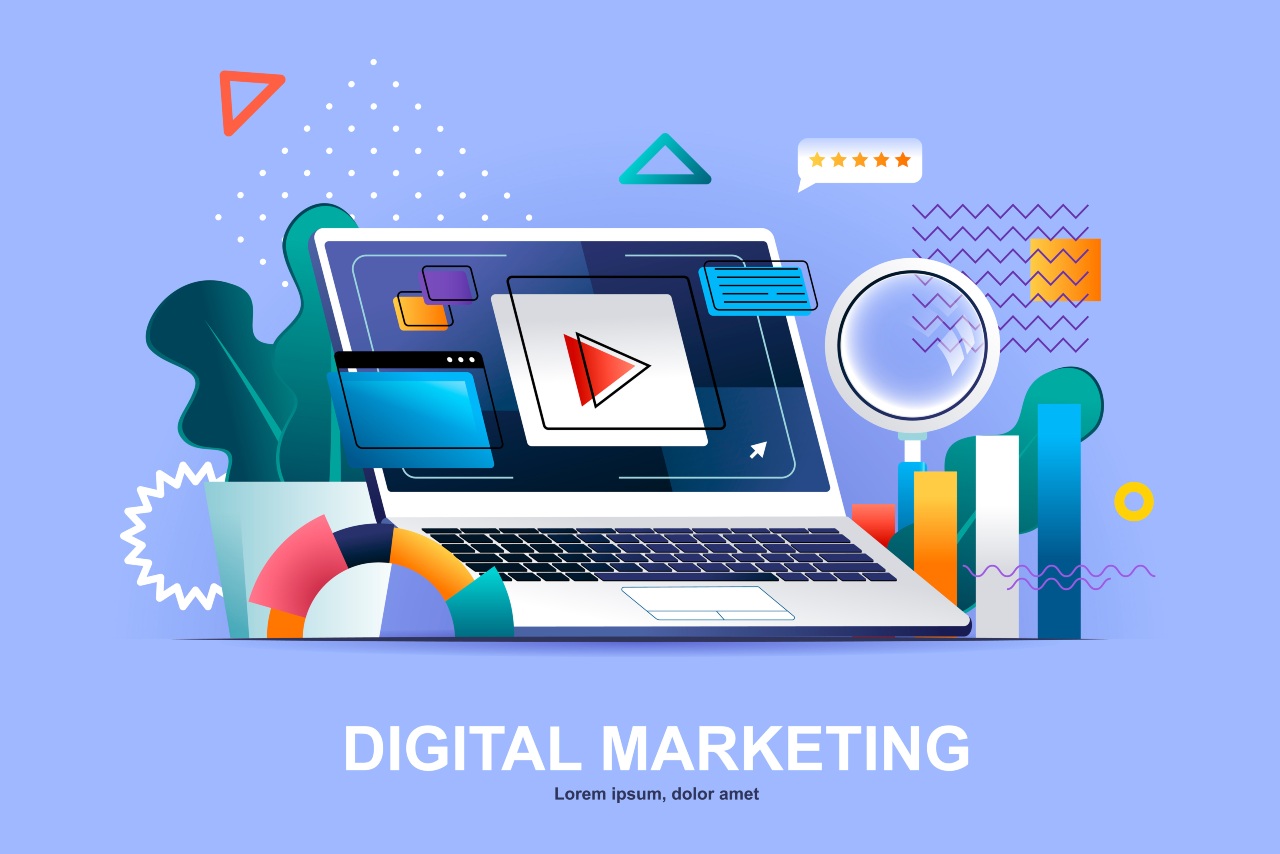
Nowadays, capturing and maintaining the attention of your audience can be a formidable challenge. Traditional static content often fails to hold interest, leading marketers to seek more dynamic solutions. Interactive content (IC), which requires active engagement from the audience, has proven to be an effective strategy for increasing user involvement and retention.
Here’s how you can leverage IC to engage your audience effectively.
Know Your Audience to Create Interactive Content
Understanding what type of interactive content will resonate with your target audience is crucial. Conducting audience research can provide insights into their preferences, behaviors, and pain points.
Tools like surveys, social media analytics, and audience personas can help gather this information. By knowing your audience, you can tailor your IC to meet their needs and interests, ensuring higher engagement levels.
Example: BuzzFeed’s personality quizzes are a hit because they cater to the interests and curiosities of their audience, resulting in high engagement and shares.
Set Clear Goals

Before creating interactive content, it’s important to set clear goals. What do you want to achieve with your IC? Whether it’s increasing brand awareness, generating leads, or educating your audience, having a clear objective will guide your content creation process and help measure its success.
Example: A B2B company might create a detailed assessment tool to help potential clients understand their needs and how the company can address them, thus generating qualified leads.
You might also like:
Types of Interactive Content
There are various forms of interactive content, each serving different purposes. Here are some popular types:
- Quizzes and Polls: These are great for engaging users and can be designed to educate or entertain. They also provide valuable insights into audience preferences.
- Interactive Infographics: These combine the power of visual content with interactivity, allowing users to explore data and information in a more engaging way.
- Calculators and Tools: Useful for providing personalized insights, such as mortgage calculators or fitness planners.
- Surveys and Assessments: These can gather detailed information from users and provide tailored results or feedback.
- Interactive Videos: Allow viewers to choose their path or explore different storylines, increasing engagement and time spent on content.
Example: The New York Times often uses interactive infographics to allow readers to delve deeper into the data behind their stories, providing a richer reading experience.
Encourage Social Sharing with Interactive Content
Interactive content that is engaging and valuable is more likely to be shared. Incorporate social sharing buttons and encourage users to share their results or experiences. This not only increases the reach of your content but also enhances its credibility through peer recommendations.
Example: Many online quizzes and assessments provide shareable results that users can post on social media, driving traffic back to the original content.
Use Gamification
Gamification involves incorporating game-like elements into your content to make it more engaging. This could include points, badges, leaderboards, and rewards. Gamification can motivate users to engage more deeply with your content and return for repeat visits.
Example: Duolingo uses gamification to make language learning more engaging by awarding points and badges for completed lessons and streaks.
Interactive Content Personalization

Interactive content can be personalized to offer a more relevant experience for users. By using data collected from user interactions, you can tailor content to meet individual preferences and needs, increasing engagement and satisfaction.
Example: Netflix uses viewing data to provide personalized recommendations, keeping users engaged and encouraging them to spend more time on the platform.
You might also like:
Measure and Optimize Your Interactive Content
Track the performance of your interactive content using analytics tools. Key metrics might include engagement rates, time spent on content, shares, and conversion rates. Use this data to understand what works and what doesn’t, and continuously optimize your content for better results.
Example: Tools like Google Analytics, Hotjar, and HubSpot can provide detailed insights into how users interact with your content, helping you make data-driven improvements.
Conclusion
Interactive content is a powerful way to engage your audience by providing a more engaging, personalized, and enjoyable experience. By understanding your audience, setting clear goals, and leveraging various types of interactive content, you can create memorable experiences that capture attention and drive engagement.
In the meantime, if you need help with your digital marketing, we are here for you. Feel free to contact us and learn more about our digital marketing services. You can find more information at Sylably.com or on our flagship Facebook page.
Did You Like this Article?
If you found this article helpful, please share with your friends, family, and colleagues who might also be interested in digital marketing services.
We would also love to hear your opinion, thoughts, and advice! Please leave your comments in the box below.
Thank you!











